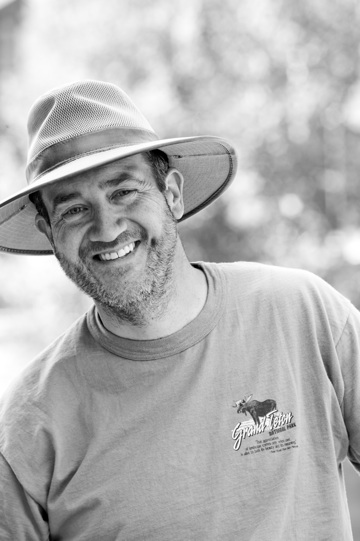
We have all heard the advice that “you only get one chance to make a first impression.” In actuality “you” may not even get that one chance. In today’s world of websites and social media your electronic communications are often your real first impression. Electronic media can go a long way toward endearing potential customers to you and your brand, or they can disappoint them to the point that you never even hear from them.
I often listen to self-help materials and several of the programs I have refer to the fact that we think in pictures. If someone asked you to think of your house, an image of your house becomes clearly visible in your mind. When you think of friends or business associates you can formulate a picture of them in your mind as well. If you have never met someone and they are seeing your picture for the first time that picture has to speak on your behalf. Your headshot should clearly convey who you are. For many it will be their introduction to you, as such it should give the viewer some insight into who you are, and what you are about. I believe the photo of me at the beginning of this chapter tells you that I have an air of adventure in the way I approach life, and that I enjoy what I do.
We all do business with others when we feel as though we know them, we like what we see and we trust that person. Does your head shot help potential customers to get a sense of who you are? Does it instill a sense of trust? Does it make you happy when you see it? It should do all of these things. The simple act of viewing your photograph should allow potential customers to feel as though you are there connecting with them.
Assuming you agree, and you should, what elements are critical to a good head shot?
- You should be clear and prominent in the image. You should not be competing with any other element in the image. Studio photos accomplish this by placing you in front of a pleasing background without any other elements in the photo. As my headshot shows, this can also be accomplished outside the studio. By employing proper composition and making appropriate use of the camera controls my image manages to isolate me from the background while still clearly showing that I am out in nature.
- Don’t try to isolate yourself from a group picture and make it your headshot. This ties in closely with rule number one. There should be no distractions within the image to make the viewer wonder who got chopped off?
- Use an image that is appropriate for the space allotted. I had sufficient space at the beginning of this chapter to include a fair amount of background in my image. When possible, I prefer to show the background because it helps to give a greater sense of who I am. However, when space is limited crop, crop, crop. offers one of the smallest profile pictures of all the social media sites. I would not use the full frame image shown above for my Linked in profile. This image is cropped to be viewable and as effective as possible on a site such as Linked in.
- Do everything in your power to look your best. If you look at my picture you will notice there are no dark shadows, or bright highlights obscuring my face. Natural light if done properly is wonderful. A professional photographer will pay close attention to the quality of the light falling on your face, either indoors or out.
- Give potential customers the opportunity to connect with you. You should be looking into the camera, but not leering or staring. Glasses are fine if you wear them all the time, but definitely no sunglasses. Eye contact is a key part of how we connect with each other, either in person or via a well-executed photograph.
- Don’t be afraid to reveal who you are, be real. I love being outdoors, and my picture unequivocally conveys my ease at being in nature. As a professional photographer prospective clients seek my services because they are looking for someone artistic to execute a project on their behalf. My headshot is appropriate for who I am and what I do. If you are an IT specialist that happens to love hunting I would not recommend that you be photographed in the woods with your rifle, but I might suggest that you sit on the edge of a desk with a computer out of focus in the background. While a studio image is always a safe choice, an image with you in your “environment” is often much more telling.
- Lastly, be yourself. We all have an innate sense of what is real and what is fake. If you don’t typically wear a suit and tie everyday then I wouldn’t encourage you to wear one for your headshot. I often advise my clients to wear clothes that make them happy. If they act confused I say “what outfit would you reach for if you could wear anything in your closet?”
Sorry, comments are closed for this post.